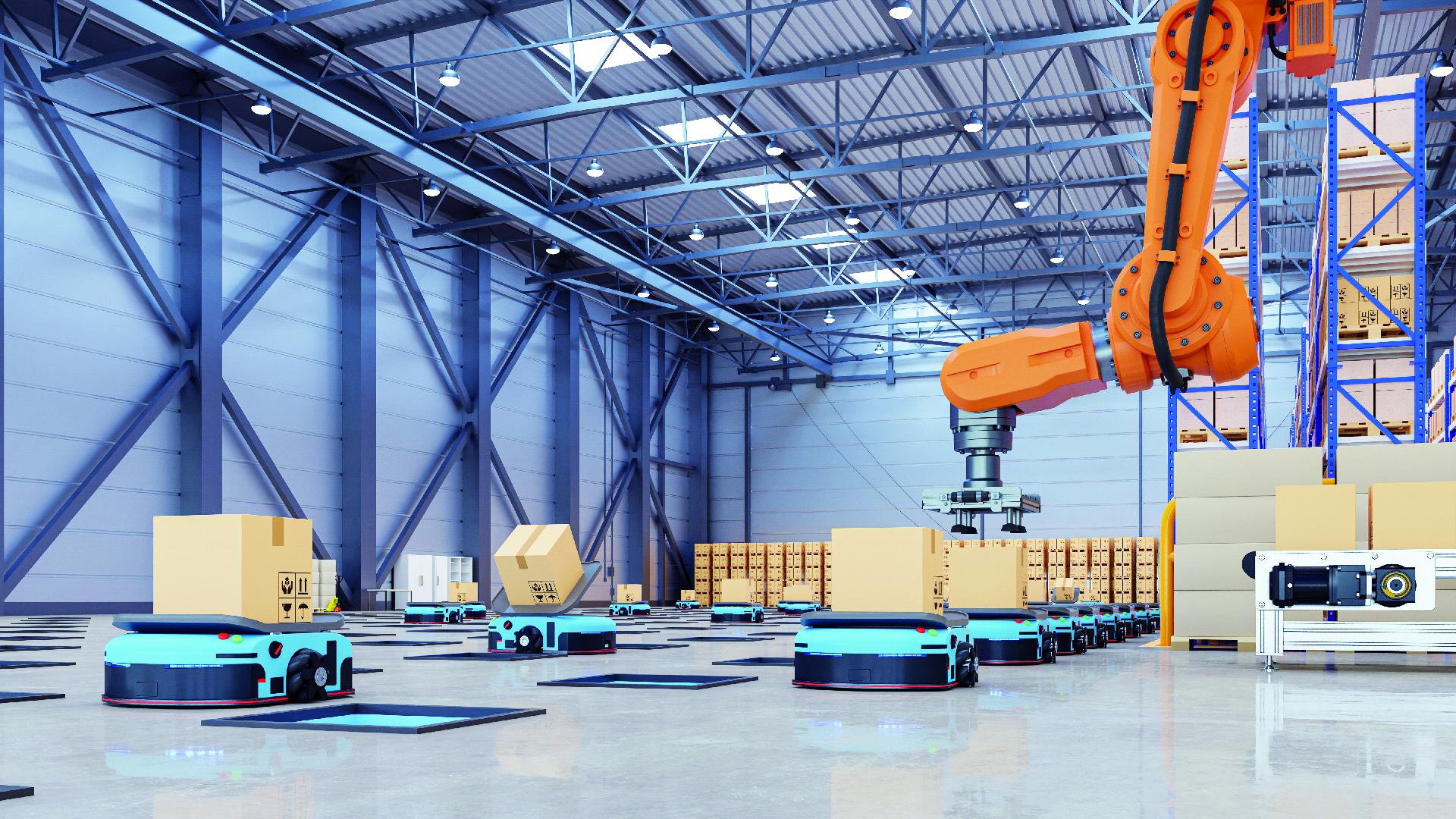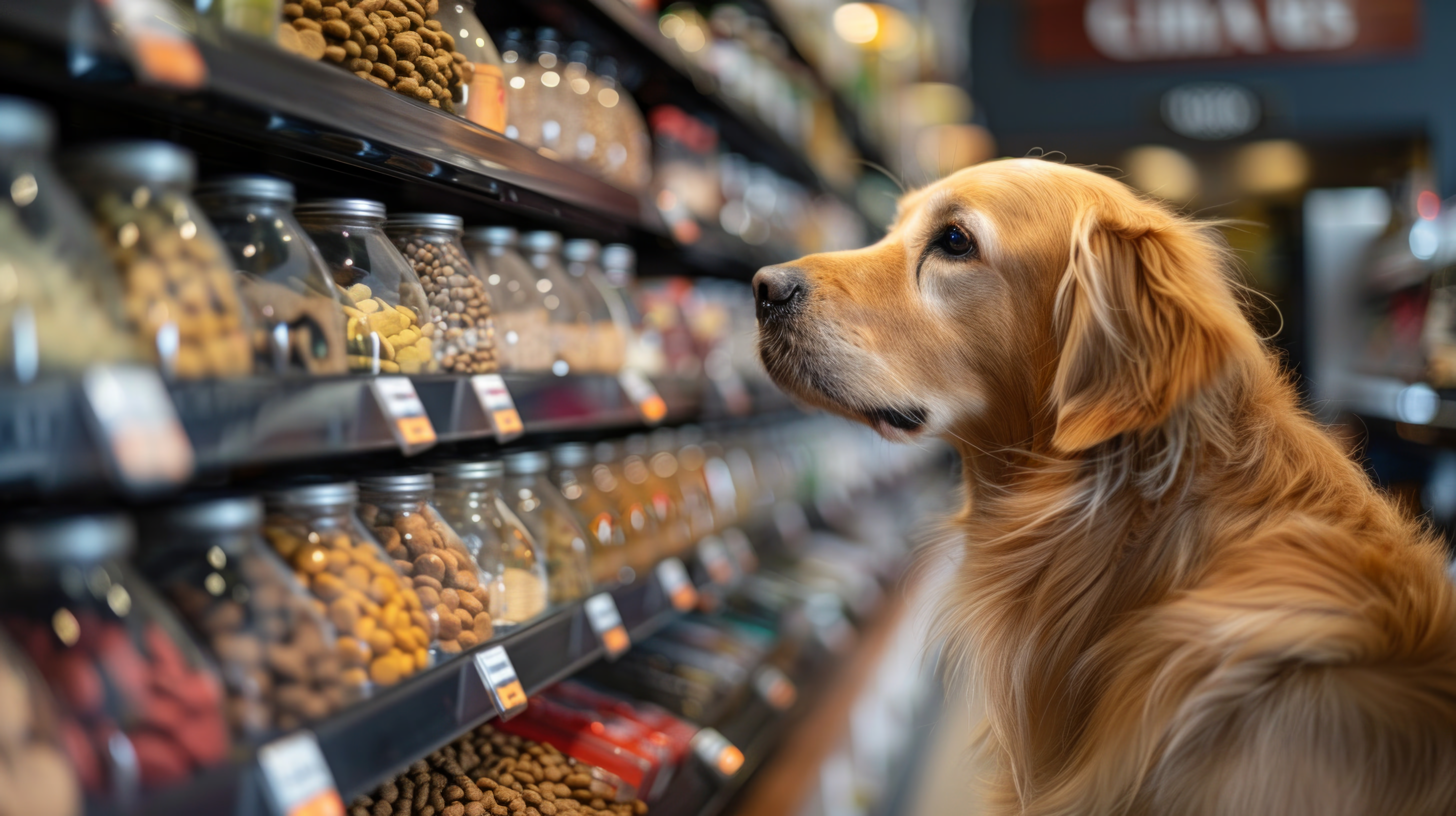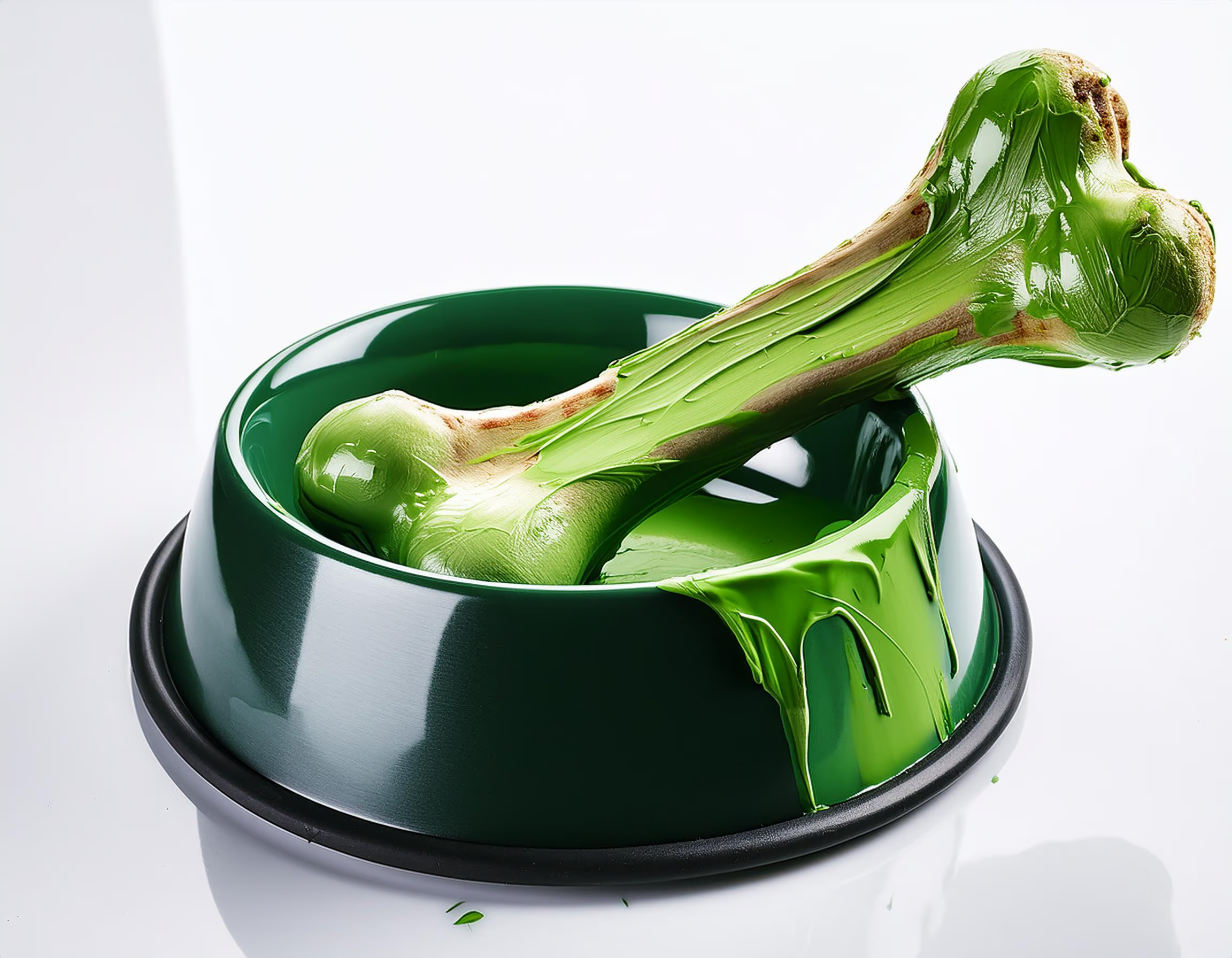What do we talk about when we´re referring to automation?
Automation is about using technology to execute repetitive tasks with little human intervention. In many cases, the intervention becomes null.
Incorporating automation into pet food production guarantees us a reliable and optimized solution to speed up the production operations, reduce costs and human errors.
From basic automation that needs the help of men to function correctly, going through comprehensive automation and reaching integrations with other control or traceability systems, for example, the possibilities of incorporating this technology into the production process are simply countless.
Automation in pet food production
The truth is that, in most cases, the first idea is to look for solutions that can directly impact human lives. This, some time ago, meant that the pet food industry was left behind. But today, when the lines between requirements, demand, and standards among pet and human food are virtually invisible, we can find ways to benefit from advances in equal measure.
In this sense, the key is to adapt the solutions that come onto the market. As pet food has become more humanized, the transfer of equipment from human food processing to the pet food industry has become more common.
A key aspect in the advance: the data
If we talk about automation, we can't avoid talking about data, an ingredient that, when harnessed, can give us an invaluable amount of information to improve our processes, products, and market reach.
Most of the advances achieved in recent times regarding process automation happened thanks to, precisely, the collection, grouping, and arrangement of data. For example, the cost of collection sensors has dropped significantly, making it more cost-effective to add them to machinery. This change, along with advances in networking, allows a pet food production chain to be interconnected. Data travels to a central location, from where it is available in real-time (such as to make process adjustments), or deferred, to observe long-term trends and support continuous improvement projects.
Nowadays, data is primarily useful to trigger certain events or system responses according to a "stimulus." In the case of machinery such as microbalances, extruders, and dryers, feedback from various sensors is used to adjust process control. However, in the long term, it is expected that more complex and intelligent systems are developed with the help of artificial intelligence or machine learning to respond to even greater variations.
Ultimately, better data availability allows us to improve processes, making them more accurate and efficient. Given that, we could have greater control over plant operations, quality control, raw materials reception, product manufacturing, energy consumption, waste, efficiency, and production costs, among other variables that act in production.
The great benefit of data: real-time information
The data accumulated in historical periods is undoubtedly useful to make intelligent decisions in the future, but perhaps the 180º turn that they bring us to the industry is, in reality, immediacy. Connecting a data flow to a plant decision-maker is a revolution, as we can find errors or mismatches live and take action on them.
When a problem is not detected in time, we will be producing, throughout an entire batch, a product that does not meet specific requirements or standards, and in the end, we will have generated nothing but waste. This can apply to knowing the accuracy of utility inputs such as water, steam, and electricity and certifying that temperatures are correct, for example, to ensure repeatable, efficient, and safe processes.
Data and automation do not replace men; on the contrary, it empowers them; now, a control employee with real-time data can make decisions about the production carried out. And that is an invaluable asset for the company's efficiency, profitability, and success.
Finally, we must say that data also brings flexibility and transparency to the process. Having this information automatically available allows us to give response to the need to keep up with a constantly evolving market while continuing to produce. Good automation offers the flexibility to reduce time-to-market with new products, additions, and ingredients.
Summary
Automation allows us to respond to market advances and trends; It makes it easier for us to comply with new standards and, in turn, improves the technical capacity and functionality of the production system.
Implementing automated systems brings innovation, and only with it, we will achieve cost-effective processing and consistent product quality. Having state-of-the-art automated machinery is the door to constant improvement to faster, more precise, and efficient production.
Finally, it is important to say that having total and real-time control of the process helps achieve integrated traceability, so we do not doubt that automation is a checkmate in the pet food processing and production.
Source: All Pet Food
You could be interested: Greenwashing in pet food: what it is and how to avoid it
About author
Luciana ChippanoI am Luciana Chippano, I accompany digital business owners in Latin America to grow by boosting their sales with the most powerful tool: communication. I am CEO and founder of the first academy of Copywriting and strategic digital communication in Latin America. And from there I accompany business owners with personalized mentoring, workshops, courses and advanced training to optimize their communication and sell more.
About author
María Candelaria CarbajoI’m a creative, interdisciplinary person, translator, and editor. I collaborate in producing and writing creative, high-impact projects to promote cultural exchange, transmit differential values, and connect with people/the audience. Likewise, I enjoy teamwork and joining forces, experiences, and knowledge to bring the world all the potential of those ideas that seek to impact people’s lives positively.


































